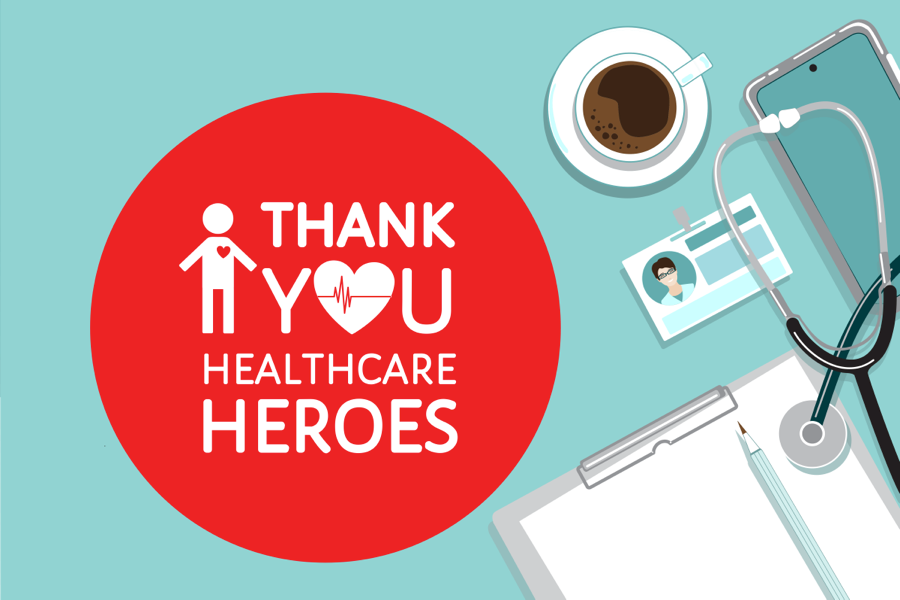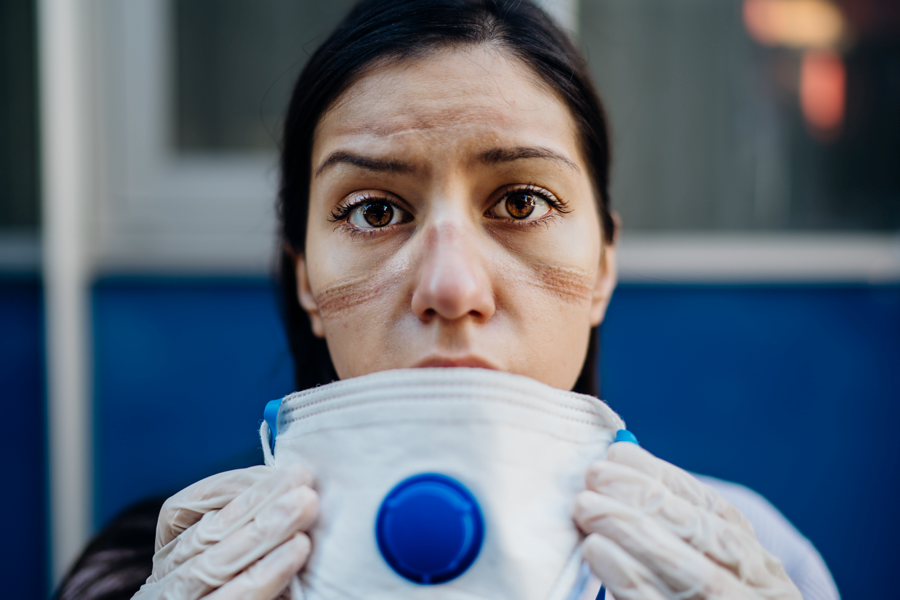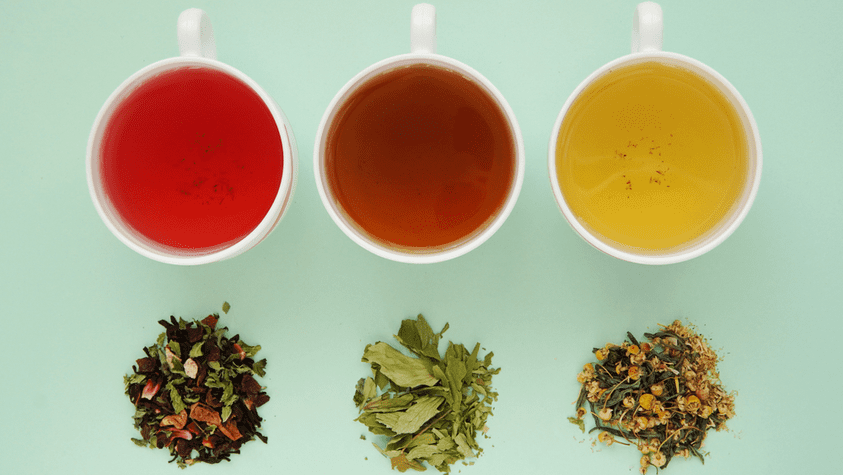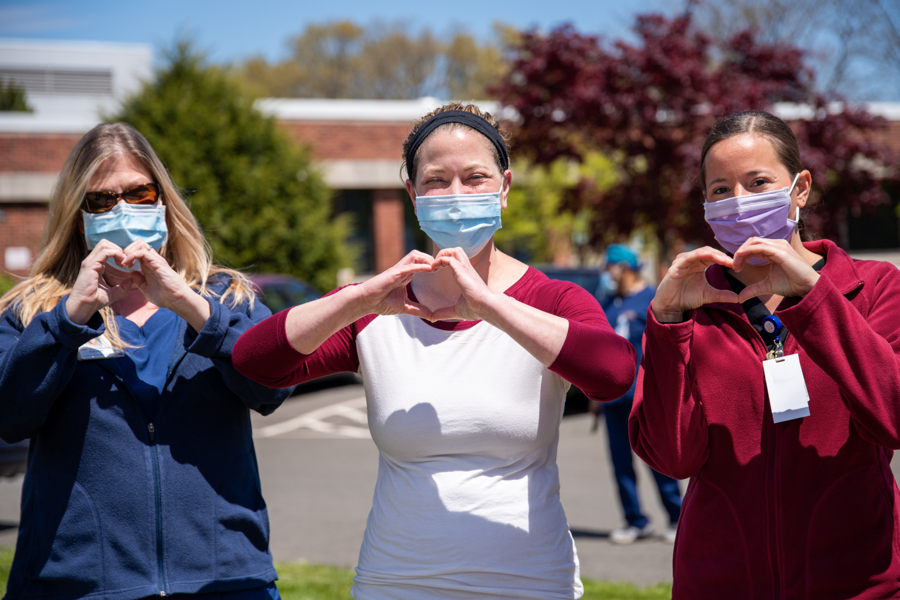
HEALTH & WELLNESS
Many Young People Ignore Stroke Symptoms to Their Peril
-
 EveryNurse Staff
EveryNurse Staff
- Last Updated: 06/19/2019
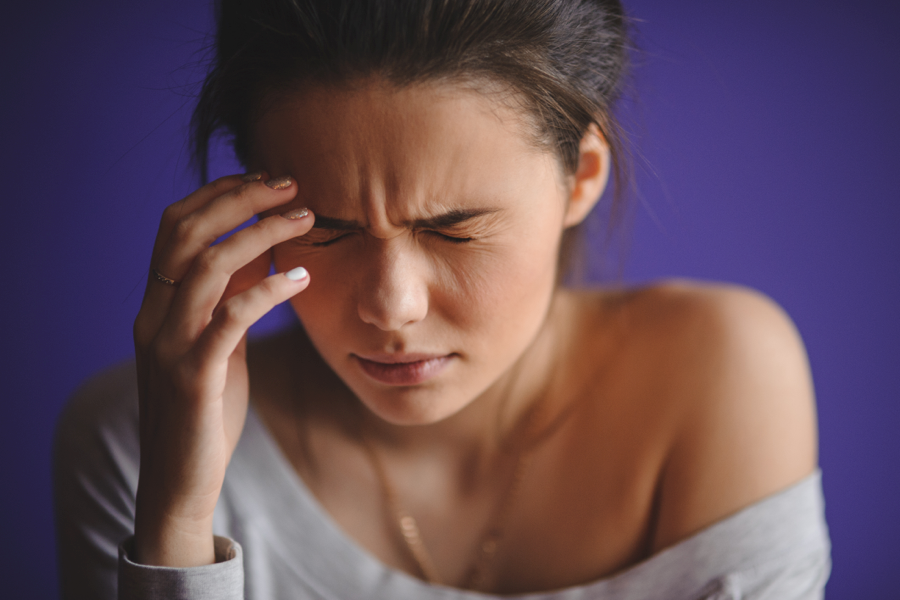
Every 40 seconds, someone in the United States has a stroke. Although today’s stroke victims are less likely to die as a result because of advancements in medical care, they’re on the rise in the younger demographics. According to Stanford Health Care, while the vast majority of those experiencing strokes are ages 65 and older, as many as 10 percent of stroke victims are now younger than 45 years of age!
Does a “Typical” Stroke Victim Exist?
If you think about strokes and those who have them, your mental image is likely that of older adults, probably senior citizens. The stroke victim probably also has other health issues, including high cholesterol, high blood pressure, and obesity. A person under the age of 55 is probably not among your mental images of the typical stroke victim. For instance, you probably never considered that the dad you know who coaches his son’s Little League team or a mom who serves as the head of her kids’ PTA could have a stroke. However, according to a number of studies undertaken in the U.S. as well as some completed in France and Norway, more and more individuals under the age of 55 are experiencing strokes.
A High-Risk Stroke Category on the Rise
As is so often the case, it’s the death of a celebrity that informs the general public of an already existing problem. Even if you don’t follow celebrity gossip, you likely have heard of the deaths of two stroke victims in the film industry. Actor Luke Perry, who suffered a massive stroke in early 2019, died at the age of 52. Less than two months later, “Boyz N the Hood” director John Singleton died at the age of 51. In fact, as Dr. Mitchell S.V. Elkind, chair of the American Stroke Association Advisory Committee, told CNN, “although stroke often affects older individuals, it is not only a disease of the elderly.” Elkind went on to say that stroke can affect both middle-aged and younger adults — and even children. In fact, as noted in Scientific American, the number of strokes in younger adults is on the rise. A study published in JAMA Neurology in 2017 revealed that researchers at the U.S. Centers for Disease Control and Prevention observed that in a nine-year span, from 2003 to 2012, a 32 percent spike occurred in strokes among women aged 18- to 34-year-old, and during that same time period, a 15 percent increase was observed in males.
Why Are These Statistics So Important?
You might wonder why this even matters to you. The answer is simple: The faster you or someone else reacts at the time of a stroke, the better. A time frame, referred to by medical professionals as the “golden window,”occurs three hours from the first onset of stroke symptoms, and it’s crucial to recovery and even survival. A person suffering from a stroke must receive medical treatment within that three-hour period. After that window, the stroke may have caused permanent damage. It’s important that the general population understands that strokes are a risk factor for everyone and that the disease can affect people of any age.
What Are the Symptoms of a Stroke?
- Facial Droop – The stroke victim’s face may droop on only one side.
- Loss of Speech – This is exactly what it sounds like. Someone who suffers a stroke often loses the ability to communicate completely, or he or she may speak with an obvious slur.
- Weakness on One Side of the Body – A stroke victim may experience a general weakness or numbness on one side of the body.
- Other Symptoms – Less common symptoms include double vision, dizziness, difficulty walking, and vision loss.
When you think a loved one, friend, or coworker may be suffering from a stroke, remember this acronym: F.A.S.T., which stands for:
- F: Facial drooping
- A: Arm weakness
- S: Speech difficulty
- T: Time to call 9-1-1. If you see or experience these symptoms in yourself or someone else, get help!
What You Don’t Know Can Hurt You
A study completed by professionals at Ronald Reagan UCLA Medical Center discovered that most people under the age of 45 underestimate the urgency of a stroke situation when they notice symptoms in someone else or themselves. In fact, an astounding 73 percent of those surveyed said they would be more likely to simply wait out symptoms instead of seeking help, which the researchers decided was a result of their simply not knowing what they don’t know.
The general population simply doesn’t realize that individuals of any age can experience a stroke and that younger and younger people are dying from them, which results in a failure to take action when they’re presented with an actual stroke. According to interventional neuroradiologist and director of the Stroke and Aneurysm Center at Providence Saint John’s Health Center, George P. Teitelbaum, M.D., “The first response is denial, but there’s nothing more disastrous than that.”
What Treatments Are Available for Stroke Victims?
Some 87 percent of strokes occur when a clot forms in the body, cutting off the blood supply to a certain part of the brain, according to the American Stroke Association. This type of stroke, medically referred to an ischemic stroke, is the most common form. When this type of stroke occurs, the best treatment is the administration of a clot-dissolving medication, which is called a tissue plasminogen activator (tPA).
This medication can be administered only within that magical “golden window” period, which reveals how crucial an immediate response is when treating a stroke. Often, doctors use the phrase “time is brain” to further emphasize this point. The longer a patient goes without treatment, the more brain tissue is damaged. In some cases, however, instead of administering this medication, medical professionals will attempt to retrieve or disrupt the clot via a tiny catheter threaded through the affected artery.
The other type of stroke, which occurs less often, is referred to as a hemorrhagic stroke. This type of stroke is caused by burst blood vessels within the brain, and it requires surgery. Again, time is vitally important in both types of stroke treatment.
Is Recovery Easier in Young People?
Yes, in the absence of other major health issues, stroke recovery in younger individuals is often faster and more likely to result in a complete recovery. Many experts believe that recovery rates are affected by the plasticity of the brains of younger individuals, which is superior when compared to that of older patients. When brain tissue is destroyed by a stroke, it never fully recovers in either old or young victims. Instead, other areas of the brain assume the functions previously performed by the affected areas to compensate for the damaged circuits. This whole process works better in younger individuals. However, because strokes aren’t often suspected in a person under the age of 55, many younger people do not get the help they need because they don’t realize they or a loved one is having a stroke. So, even though younger people can often recover from a stroke, they don’t recognize they’ve had one until it’s too late. As Sir Francis Bacon observed in 1597, “knowledge is power” in stroke recognition.
Risk Factors for Stroke
- High blood pressure
- Diabetes
- Smoking
- Obesity
- Some genetic conditions, such as sickle cell anemia
As younger people are finding themselves victims of this sometimes-fatal condition, it’s more important than ever for stroke symptoms be recognized in those under 55. Getting medical attention within the crucial “golden window” is vitally important for an advantageous outcome and comprehensive recovery. Therefore, this vital information – that strokes are no longer considered simply a condition reserved for the older population – must become widespread, general knowledge.

